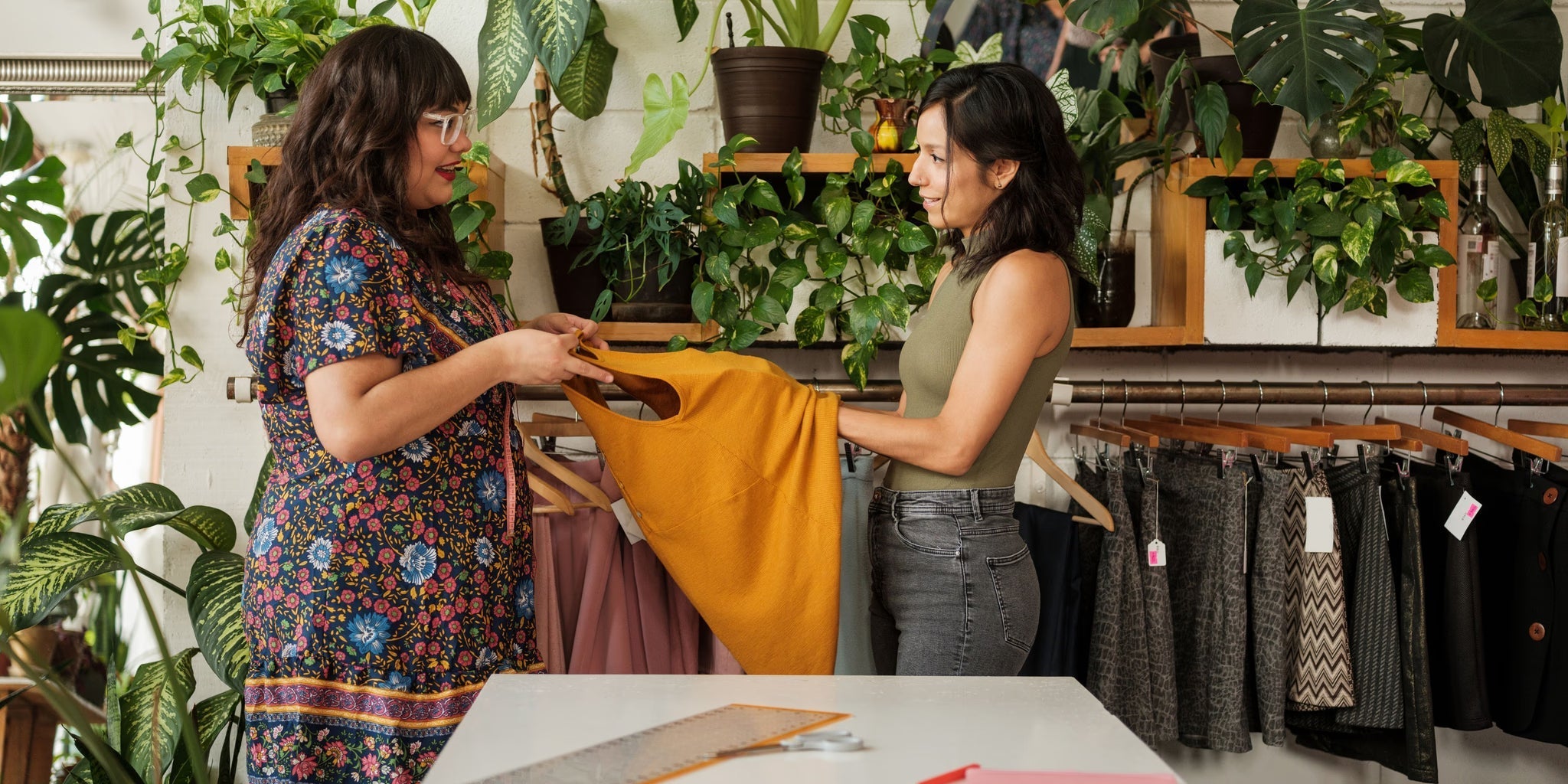Once a category defined largely by utility, home textiles are also at the forefront of transformative shifts in sustainability, wellness, and consumer behavior. The very fabrics that dress our living spaces are evolving through innovative materials, digital manufacturing, and purpose-driven design. They are no longer simply decorative or functional—they are indicators of values, quality of life, and environmental commitment.
From smart textiles with built-in functionality to regenerative materials rooted in agricultural innovation, the definition of home comfort is expanding. The global industry is adapting—but not evenly. Nations with the ability to combine heritage craftsmanship, design ingenuity, and production agility are emerging as frontrunners.
Portugal, long known for its textile history, is one such case—but it’s also a lens through which broader global shifts can be understood. Let's break it down.
Global Shifts and Fragmented Supply Chains
The COVID-19 pandemic exposed the fragility of global supply chains, while climate risks and labor violations have accelerated a reckoning in manufacturing and sourcing. The global tariffs discussions is also bringing a new perspective to global trade and that brings indeed a lot of challenges, but also opportunities.
According to McKinsey & BoF, 83% of apparel chief purchasing officers believe environmental and social sustainability will be a top-five key driver of future success.
Consumer expectations have soared: faster turnaround, radical transparency, and products that reflect a deeper sense of purpose. This has put intense pressure on legacy systems. In contrast, smaller but highly integrated ecosystems—like Portugal’s—are gaining favor.
The home textile market, worth over $125 billion globally, is being reshaped by these forces. From the U.S. to Germany, buyers are increasingly looking not just for price and quality but for supply partners who can guarantee traceability, eco-certifications, and low environmental impact.
Portugal stands out—but it’s part of a larger, urgent recalibration in how the world makes, buys, and defines textiles.
A Historical Footprint in Portugal’s Textile Belt

Portugal’s textile legacy dates back to Roman times, but it was the Industrial Revolution—and later, the post-war boom—that embedded the sector as a national economic pillar. The country’s northern region became a center of spinning, weaving, and garment production, especially around cities like Guimarães, Famalicão, and Braga.
By the late 20th century, Portuguese manufacturers had carved out a niche in mid- to high-end European markets, often acting as quiet collaborators behind major international home and fashion brands. What they lacked in scale compared to Asia, they made up for in quality, vertical integration, and proximity to consumer markets.
But the industry didn’t remain static. EU integration, labor reforms, and increasing global competition pushed Portuguese mills and manufacturers to adapt. Automation, specialization, and sustainability became not just trends—but survival strategies.
Reinvention Through Innovation: The Case of GPS
Founded in 2019, GPS Global Product Solutions exemplifies the new generation of textile producers. Based in northern Portugal, GPS develops bespoke home textile products rooted in innovation, sustainability, and speed-to-market.
“Innovation isn’t about replacing tradition; it’s about evolving it,” says founder David Schneider. “We’re surrounded by generations of textile knowledge. That creates a unique environment where innovation feels natural—because it’s grounded in experience.”
At GPS, cutting-edge techniques like digital textile printing and seamless sewing are paired with natural dyes and antimicrobial finishes. The company operates with a small, agile team connected to a wide network of suppliers, dyers, and finishers—all within a short radius.
This proximity enables faster prototyping, better oversight, and collaborative experimentation.
“That level of vertical integration gives us a distinct competitive edge,” Schneider explains. “We can move from design to product to testing in weeks, not months.”

Photo: GPS's showroom in the North of Portugal
Sustainability: From Niche to Norm
Sustainability has moved from aspiration to expectation. In home textiles, this means shifting away from virgin synthetic fibers and adopting organic, recycled, or low-impact materials. It also involves auditing every stage of production: water use, chemical treatment, energy consumption, and labor practices.
For companies like GPS, it’s about embedding sustainability from the start.
“We see sustainability not as a constraint but as a catalyst,” says Schneider. “It pushes us to be more creative, more transparent, and more collaborative.”
Yet the transition is not without hurdles. Sustainable materials often come at a higher cost. Certifications are complex. And circular design—products meant to be reused, recycled, or composted—requires rethinking business models entirely.
Portugal’s size and structure offer unique advantages. Because many processes occur in close proximity, it’s easier to implement traceability and accountability at scale. The country also benefits from EU funding mechanisms for green innovation.
Portugal’s Distinctive Edge in Global Trade
Portugal’s geographic and economic positioning enhances its appeal in global sourcing strategies. A member of the EU, the country offers trade stability, labor protections, and compliance with increasingly stringent environmental standards. For U.S. buyers, it offers an alternative to Asian supply chains with lower lead times and greater transparency.
In 2023, despite export slowdowns reported by Portugal Têxtil, analysts noted that the strongest-performing companies were those who diversified and moved up the value chain.
“Portugal is not just a reliable supplier—it’s a true partner in innovation,” Schneider says. “We’re now seeing global brands come here not just for manufacturing, but for co-creation.”
Countries like Italy and France once dominated the high-end textile narrative. Today, Portugal is catching up—and doing so at a scale that’s both flexible and sustainable.
The Redefinition of Luxury and Value
The very notion of luxury is shifting. What once centered on exclusivity and material rarity now includes ethical sourcing, wellness, and long-term functionality. This is especially true in home textiles, where consumers are investing in fewer but better items.
David Schneider puts it succinctly:
“Today’s consumers equate luxury with thoughtfulness, functionality, and purpose. It’s no longer just about thread count or brand prestige.”
GPS and its peers are responding with smart products—textiles that adapt to body temperature, resist bacteria, or integrate seamlessly into minimalist, multifunctional lifestyles. But equally important is the story behind the product: who made it, how, and why.
Portuguese firms are increasingly embracing this narrative approach. Transparency, community connection, and environmental stewardship are becoming essential components of brand identity.
Challenges Ahead
Labor, Digitization, and Policy
No transformation is without its barriers. Portugal, like many traditional manufacturing nations, faces a demographic crisis. Younger generations are less inclined to pursue textile careers, leading to a shortage of skilled labor. According to EURATEX’s 2022 Q1 Economic Update, the European textile and clothing industry experienced a 1.1% drop in employment in early 2022 compared to the previous quarter, following a broader trend of workforce fluctuation in the post-pandemic period
Regulatory landscapes are also evolving. New EU directives on corporate sustainability reporting (CSRD), green claims, and due diligence will require deeper investment in traceability and compliance systems. For suppliers, this may mean navigating increased scrutiny but also new funding and partnership opportunities.
The textile industry globally must also address its massive carbon footprint. Even with green progress, textiles remain one of the most resource-intensive sectors. Only through collaboration—between nations, industries, and innovators—can meaningful change scale.
An Emerging Global Blueprint?
Portugal’s story may be unique—but it is not isolated. Similar pockets of innovation are emerging in places like Lithuania, Tunisia, and parts of Turkey. These regions combine legacy knowledge with nimble, modern infrastructure.
What unites them is a mindset shift: from volume to value, from outsourcing to nearshoring, from opacity to openness.
As brands across the U.S., Germany, the UK, and beyond seek more meaningful supply relationships, countries like Portugal offer a glimpse into the future of home textiles: collaborative, ethical, agile.
The global industry would do well to pay attention—not just to the products, but to the models and ecosystems behind them.
“Portugal isn’t just catching up—it’s positioned to lead,” Schneider says. “And the time to tap into that momentum is now.”


